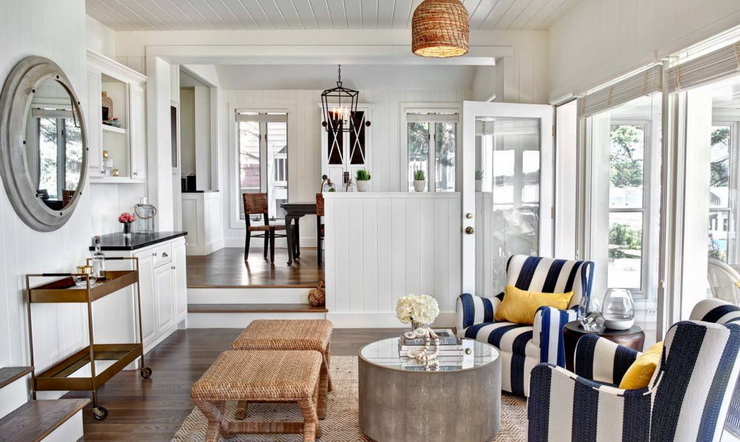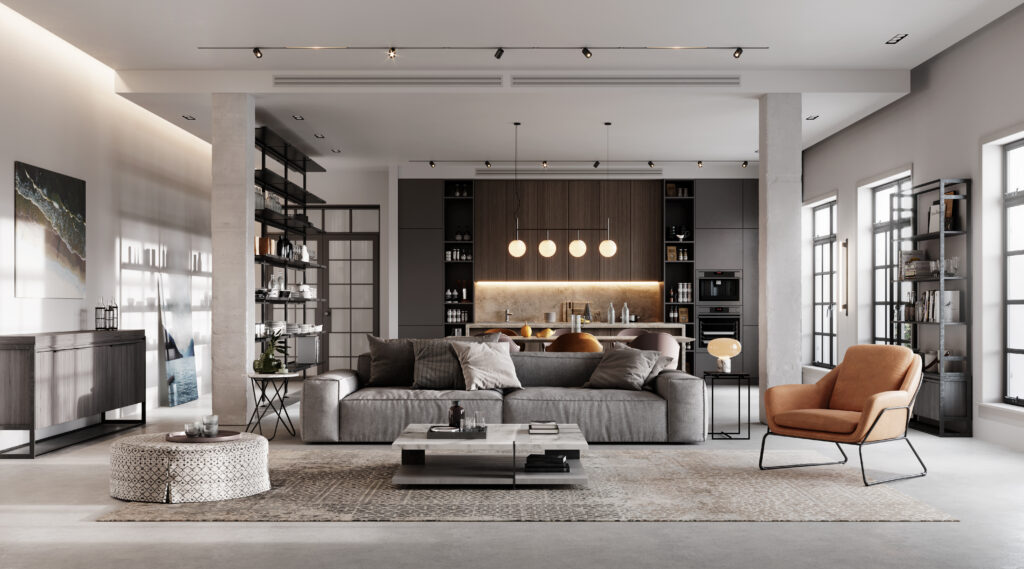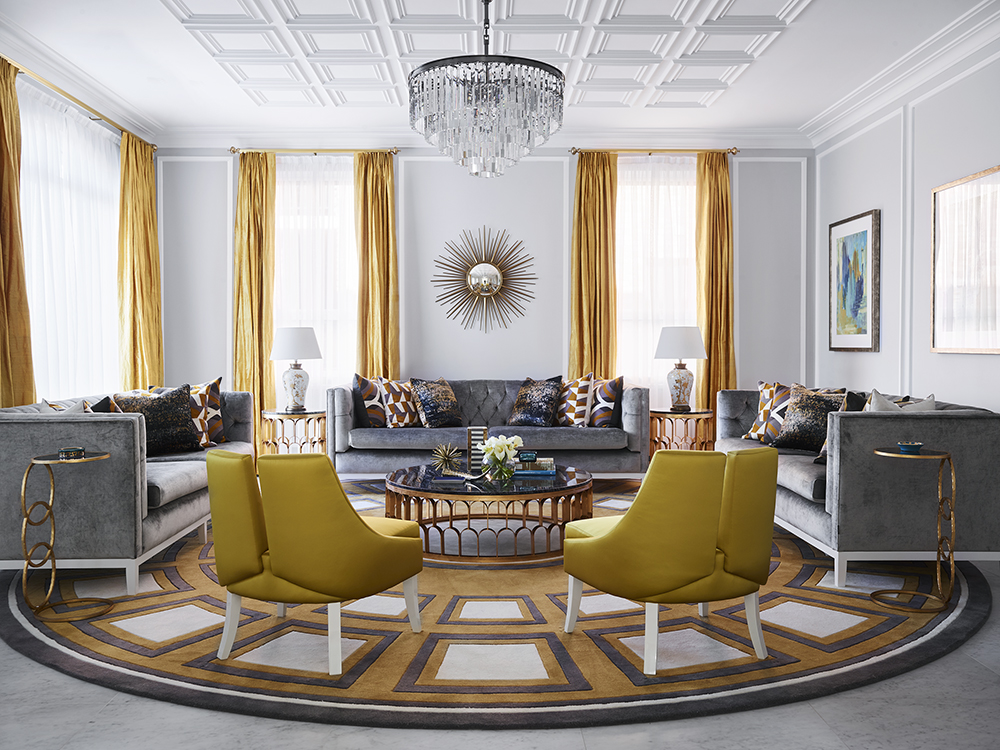Interior design fundamentals are the first things you should learn when designing your home. Interior design shapes the spaces in which we live. It gives these locations a sense of purpose and personality. But wait, there’s more. Aside from visual appeal, interior design establishes a space’s vibe. You may be wondering how.
 The thing is, we think we understand interior design by looking at a space, but the process is much more complicated. Several interior design fundamentals contribute to the creation of a space. And as we investigate these design fundamentals, we will understand why a perfectly designed space feels different from one that is poorly designed.
The thing is, we think we understand interior design by looking at a space, but the process is much more complicated. Several interior design fundamentals contribute to the creation of a space. And as we investigate these design fundamentals, we will understand why a perfectly designed space feels different from one that is poorly designed.
So, today, we bring you the five fundamental concepts of interior design that you may not have noticed before but are crucial when designing a space. These are the components that combine to form beautiful and functional interiors.
5 Fundamental Interior Design Concepts:
- Balance
- Scale
- Harmony
- Rhythm
- Focal Point
Basic Interior Design Knowledge Requires Balance
The goal of balance is to achieve an equilibrium in the design. Equilibrium, on the other hand, does not have to be equal. Creating an interior design balance can usually be accomplished in three ways:

- Symmetrical: A room can be designed in such a way that one side of the room becomes a mirror image of the other. Consider a sofa with an armchair on both sides in your living room. This is a more traditional balance.
- Asymmetrical: This is a more modern vibe design in which the balance of a room is achieved through a process other than exact replication of one half to the other. Designers achieve this balance, however, by combining various objects. A sofa on one side, for example, can be balanced with two chairs on the other side instead of one. Modern creative spaces are created by asymmetrical balance. Consider a bohemian interior design.
- Radial: Radial balance exists in addition to symmetrical and asymmetrical balance. It occurs when several elements in the room radiate from the centre.
Scale Is A Functional Interior Design Fundamental
Scaling is extremely important when designing a space. Scaling refers to how the objects in your design appear in relation to the rest of the space. For example, the size of a couch should be determined or scaled according to the size of a living room. Otherwise, a large sofa may take up all of the available space in your living room.
 Designers typically use scaled floor plans to determine which elements will work in a given space. It assists them in selecting the appropriate furniture size in order to avoid purchasing furniture that is too large. Scaling aids in making a space more accessible and moveable. Without this fundamental interior design, we may find ourselves cramped in our own homes.
Designers typically use scaled floor plans to determine which elements will work in a given space. It assists them in selecting the appropriate furniture size in order to avoid purchasing furniture that is too large. Scaling aids in making a space more accessible and moveable. Without this fundamental interior design, we may find ourselves cramped in our own homes.
The Next Interior Design Trend Is Harmony Basic
Interior design harmony is about creating a sense of unity in your space. This can be accomplished through the use of various elements such as colour, texture, and material. Without harmony, a place or home will appear inconsistent, and thus illogical. Because our minds try to connect dots in everything, anything that appears disorganised will appear cramped. As a result, maintaining harmony is critical when designing a space. You can achieve harmony by tying your entire home’s interior design together with a single colour that appears in various elements throughout the room.

A Coherent Interior Setup Is Produced By The Rhythm Of Repetition
It is the element that creates the flow in your room. The repetition of visual patterns to add navigation to your location is referred to as a rhythm. It creates a design path to follow. Consider a ceiling design that directs your vision in a home.
There are various types of rhythm:
- Radiation: Using a round table with chairs radiating from the centre.
- Transition: Repetition of a design pattern in different places to allow for easy eye movement.
- Simple repetition: Using the same colour throughout a space’s interiors.

One of the fundamentals of interior design is the focal point
Many designers use a focal point when designing a specific space. They decide on the rest of the room’s design with the help of this focal point. It aids in telling the design story of a space by making one location or piece of furniture the main character of the plot. Consider the modular wall-mounted TV unit in your living room as the focal point, and then decide on the placement and design style of the rest of the room’s furniture. Having this focal point gives you a place to start with your interior design.


